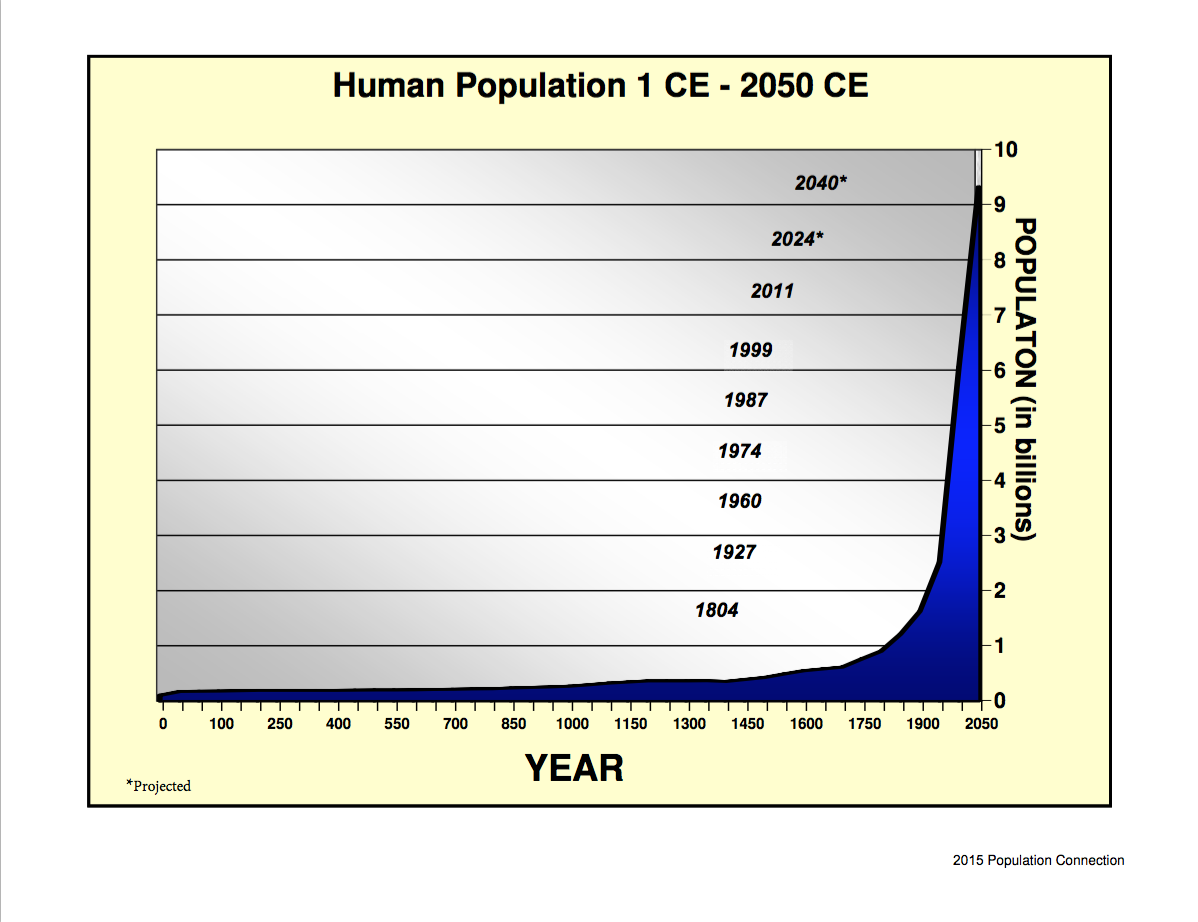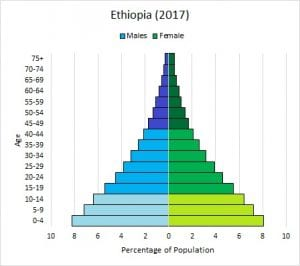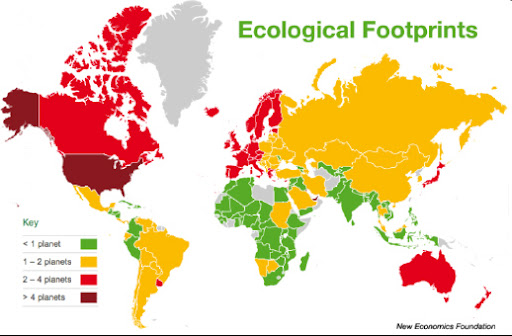Biology 1 - Mod 7 Populations
A population is a group of the same species living in the same place at the same time.
Characteristics of Populations
Size
the number of individuals in a population
Can be hard to determine
Small population → count
Large population → take a sample and estimate
Factors
Birth Rate - number of births in a period of time
==Example - 870k children were born in the United States in 2005.== Birth rate = 870k/year
Death Rate - number of deaths in a period of time
==Example - 65k people died in the United States in December of 2010.== Death rate = 65k/month
Migration
- immigration - movement of individuals into an area
- emigration - movement of individuals out of an area
Exponential Growth
Growth at an increasing rate over time.
If unlimited resources are available, the larger the population gets, the faster it grows.
Logistic Growth
The population grows exponentially and then reaches a maximum number sustainable, called the carrying capacity, where growth stops.
Population Density
Measures how crowded a population is
Population density - number of individuals (unit area (or volume))
Example - There are 150 bullfrogs living in a pond that covers 3 square kilometers. What is the density of the bullfrog population?
Answer: 50
Limiting Factors
Any factor causing population growth or decline
- Competition
- Predation
- Parasitism and Disease
- Climate changes
- Human disturbances
Density-dependent Limiting Factors
Depend on population size
Example - competition within a single population (same species competing)
Predation - predator-prey relationships result in “boom” (UP) and “bust” (DOWN) phases
Parasitism and Disease: can affect any population (human, animal, plants, insects, bacteria, etc.)
In the 1940s, Australia was overrun by hundreds of millions of European rabbits eating all the vegetation thus threatening the sheep and cattle industries. In 1950, a parasite that infects rabbits (myxoma) was deliberately introduced to control the rabbit population.
Affects all populations in similar ways, regardless of size
Examples - climate, human activity
Climate includes
- unusual weather
- natural disasters
- seasonal cycles
Human activity includes
- Damming rivers
- Deforestation
- Hunting
- Urban and Industrial Growth
- Agriculture
Human Population
Human Population Change Over Time (exponential growth)

Human population has increased slowly over time
Exponential growth over last 500 years
Why?
- Industrial revolution and agriculture sparked growth
- More food available
- Better sanitation, medicine, healthcare
Exponential growth cannot continue forever, so we will eventually reach carrying capacity
Demography and Demographic Transition - study of human population
birth rates, death rates, and age structure vary by country
change in population from high birth and death rate to low birth and death rate
Demographic Transition has already occurred in the U.S (1790-1910), Japan, and many European countries causing growth to slow
China and India lead the 10 countries where birth rates are still high, thus worldwide growth is still exponential
Age Structure - the number of males and females of each age group that a population contains

Considerations in Making Predictions
- Age Structure
- Prevalence of life-threatening diseases
Growth should slow by 2050 as more countries approach demographic transition but world population predicted to be near 12 billion.
Biodiversity
Biodiversity - The total genetically based variation in all organisms in the biosphere.
It is Earth’s greatest natural resource.
- Species provide us with ecosystem goods and services such as:
- Food
- Industrial products
- Medicine
Ecosystem Diversity
- the variety of habitats, communities in the biosphere
Species Diversity
- the number of different species in a particular area
- FACT: To date, biologists have identified and named more than 1.8 million species, and they estimate that at least 30 million more are yet be discovered.
Genetic Diversity
- the sum total of all different forms of hereditary information carried by a particular species
The closer to the equator, the greater the species richness (ie. Tropical Success)
- Why?
- Glaciers never reached it during the Ice Ages
- Warmer (more sun), plants grow all year round
- Climate is stable
The more diverse (or the more different species) an ecosystem, the more stable it will be following a disturbance (fire, flood, hurricane, etc).
The major threats to biodiversity are
- Habitat destruction (habitat fragmentation)
- Overexploitation (hunting)
- Desertification
- Pollution (biomagnification)
- Introduced invasive species
Habitat Destruction
If you remove their homes, species will die.
Habitat Fragmentation results in biological “islands”
Overexploitation
Hunting animals to extinction.
Excessive commercial harvest or sport hunting has reduced the numbers Examples:
- Examples - whales, American bison, and numerous fish
Desertification
In parts of the world with dry climates, a combination of farming, overgrazing, sea-sonal drought, and climate change can turn farmland into desert.
- It is what happened to the Great Plains in the 1930s.
Pollution/Biomagnification
Occurs if a pollutant, such as DDT or mercury, is picked up by an organism and is not broken down or eliminated from its body. Instead, the pollutant collects in body tissues. Top level consumer affected most
Invasive Species
Organism that have been transferred to an area where they did not occur naturally (non-native).
Reduces biodiversity
Common Ways Invasive Species Are Moved
- Ballast water in shipping/shipping containers
- Boating/recreation
- Movement of infested firewood, logs, and nursery stock
- Releases from aquariums
- Escaped ornamental plants, nursery sales, and disposals
- Pathogens spread by non-natives to vulnerable natives
- Deliberate introductions
What Characteristics Make A Good Invader?
- Rapid reproduction
- Fast growth
- High dispersal
- Tolerant to many different conditions
- Able to live off many different foods
- Used by humans
Ecological Footprints
The ecological footprint is a measure of the human impact on the biosphere.
The average American has an ecological footprint over four times larger than the global average.
Developed countries tend to have a larger ecological footprint.

Conservation
Conservation is the preservation of species, habitats and ecosystems to protect biodiversity.
Biodiversity provides humans with natural resources that help us produce food, clothing, shelter, oxygen, soil fertility, etc.
Ecological hot spots are targeted areas where significant numbers of species and habitats are in immediate danger of extinction.
\n \n \n
\n
\n
\n \n
\n
\n